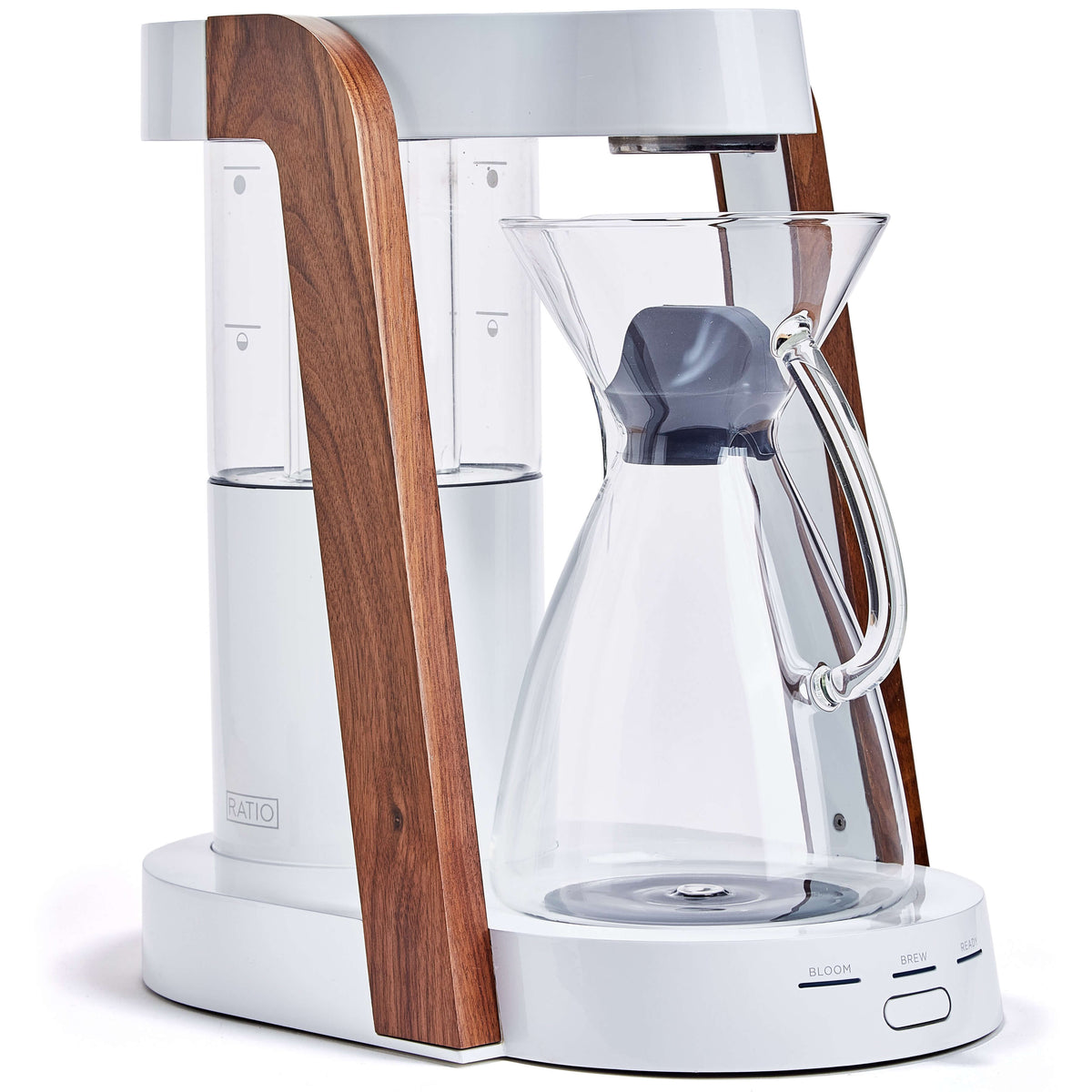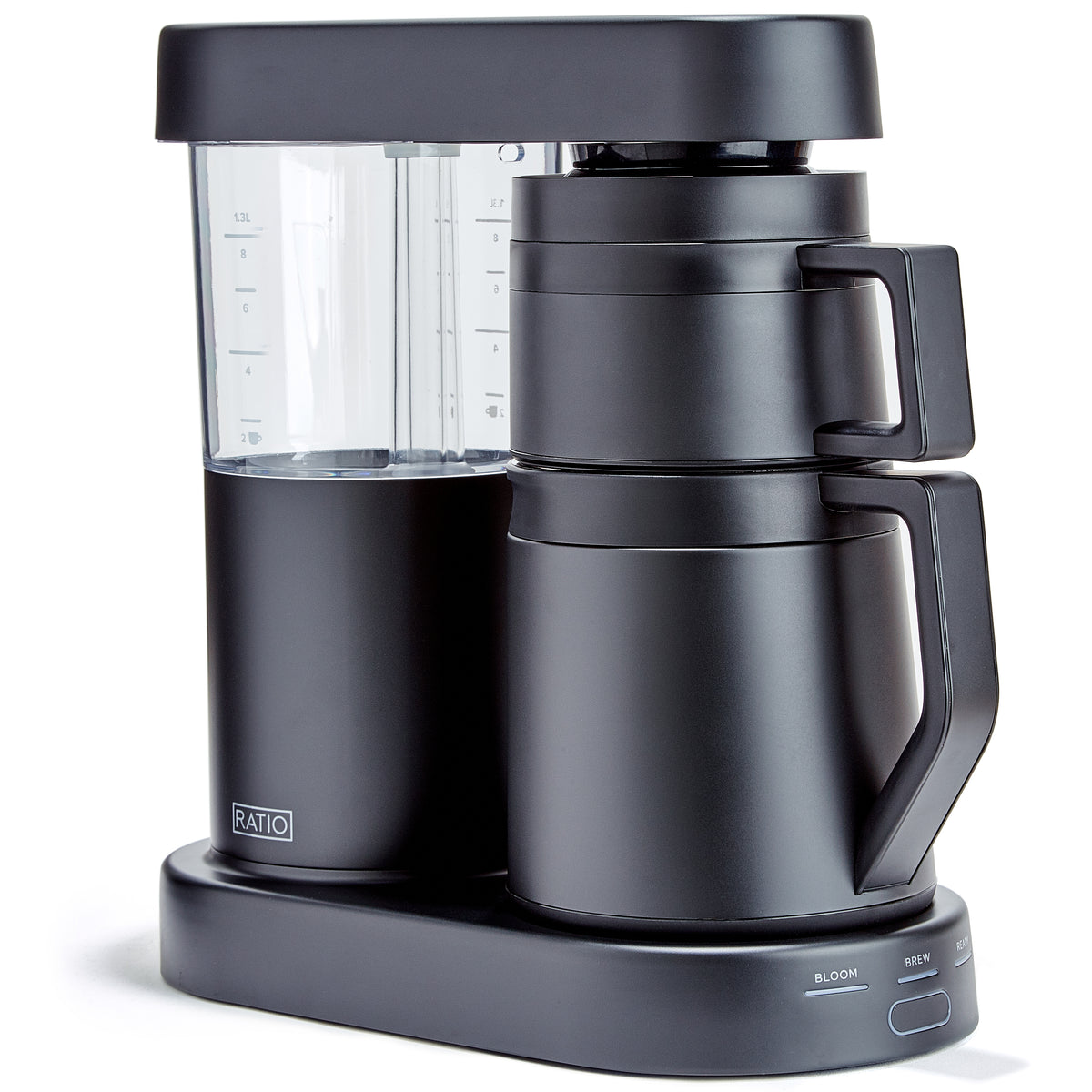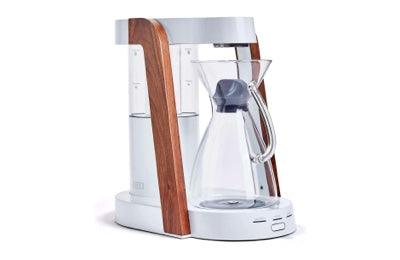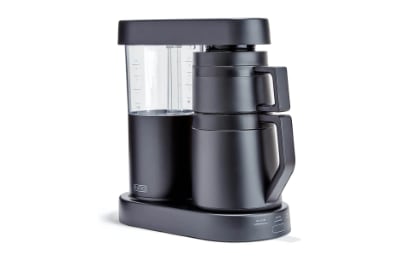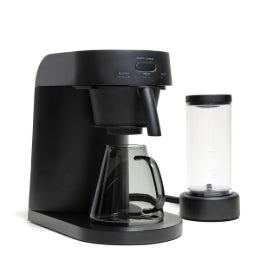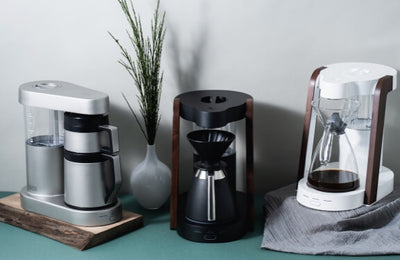The Science of Good Coffee
It’s often said that the crafting of a good cup of coffee is an art form.
It’s actually a science.
Every step of the way, from the way it’s grown to the way water molecules bond with the grinds, it’s science that determines whether your coffee experience is burnt or balanced, sweet or smooth. It’s this science that inspires everything we do at Ratio. So we figure it was long about time to break it down:

Let’s start at the beginning. The bean. Coffee beans are actually seeds, the product of the coffee fruit, which grows best in temperate TK climates all over the world. The ideal conditions for coffee trees to thrive are found around the world along the Equatorial zone called "The Bean Belt," located between latitudes 25 degrees North and 30 degrees South. The energy those seeds would otherwise put into bursting into a tree is stored, in the form of complex sugars, fats and acids. When we roast those seeds, the heat pulls trapped moisture out of them, and then the plant fibers that make up the structure of the seed dry out and harden. Roast too heavily and those fibers break down, pushing the oils in the coffee to the surface of the bean and oxidizing.

What roasting does is distills long-chain carbohydrates into short-chain carbohydrates, complex into simple sugars. That makes those sugars easier to taste, partly because the roasting caramelizes them, producing that nutty, caramel aroma. Roast too heavily and the flavor morphs from sweet and complex to burnt and smoky.

Roasting also breaks down acids in coffee, which is why an under-roasted batch tastes sour and acidic. So the ideal roast hits that sweet spot, just between what’s known as the “first crack” and the “second crack.” (The crack refers as you might imagine to a popping sound beans make when they go from green to yellow to light brown and then to dark brown, shedding the husk.)

So you get roasting, now. But the science lesson isn’t over yet! Next it’s important to understand all about extraction, the way water molecules pull that delightful flavor from this perfectly dried and roasted fruit. You’ll recall from high school chemistry that water is made up of two hydrogen atoms with a positive electrical charge and one oxygen atom, with a negative charge. This polarity makes water attractive to a wide array of other molecules, pulling apart their bonds and inspiring them to dissolve. Heating water just makes the whole thing happen more quickly. That’s why hot water + ground coffee dissolves and releases flavor compounds into your cup.

There are plenty of different ways to brew coffee: pour-over, cold brew, espresso shot, French press. They all employ the same principle. Grind coffee into the appropriate size, add water, extract flavor compounds. First come fats and acids, then sugars, then plant fibers.
Acids come first because they’re the molecularly simplest compound. Body-adding oils and fats are more complex, and hydrophobic (terrified of water!) so they can easily wash out of ground coffee. Aromatics come next, from floral to fruity. Then it’s sugars, which the water needs more time and/or energy to dissolve than acids, because they’re more complex. Once all that’s extracted, the water will turn its work towards the plant fibers that hold ground coffee together. This is where bitterness comes from. If you brew a cup of coffee too quickly, it’s sour because only the acids are extracted. Too slowly, and your cup is bitter, dry, astringent. Just right, and it’s sweet, ripe, transparent and complex.

Strength (also called concentration) is a different piece of science. Often we improperly conflate strength with how burnt the roasted coffee is, but it’s not quite the same thing. Filtered coffee isn’t as strong as espresso because it’s 98 to 99 percent water, and just 1 to 2 percent dissolved coffee compounds. Espresso is 88 to 93 percent water and 12 percent dissolved compounds. That’s why it takes such a small volume of it to amp us up. Coffee strength is determined entirely by the ratio of ground coffee to brew water. Not enough water and coffee is too muddy and bold. Too much water, and your coffee is thin and … watery.

So that ratio is critical. And it might explain why we named this company ratio. How your coffee is roasted, where it’s grown, how finely it’s ground, these are all essential parts of coffee science. What we have worked so hard to perfect is that ratio, that ideal application of water molecules to coffee granules, so that when you add the right amount of grinds and fill the tank with the right amount of water, the Ratio does the rest of the work. And you get a cup of coffee that’s beautifully balanced. By science.
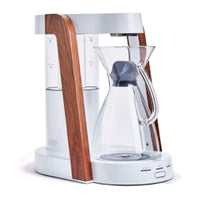 Ratio Eight
Ratio Eight
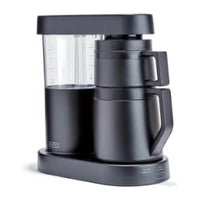 Ratio Six
Ratio Six
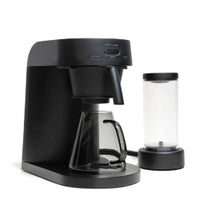 Ratio Four
Ratio Four
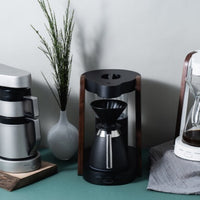 Compare Machines
Compare Machines
